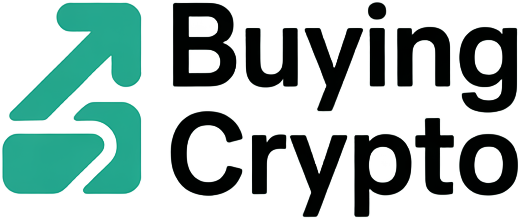Crypto wallets have undergone a dramatic transformation in 2025. Once simple containers for private keys and digital assets, wallets now serve as the foundation of digital identity onboarding in the crypto ecosystem. This shift is not just technical; it is reshaping user expectations, regulatory frameworks, and the very nature of trust online.
![]()
From Coin Storage to Identity Container: The New Role of Crypto Wallets
For years, a crypto wallet meant a private key and an address, little more than a digital safe. In 2025, the narrative has changed. Crypto wallet credentials now encompass reusable IDs, attestations, and even government-verified documents. This evolution is driven by the adoption of Decentralized Identity (DID) protocols, allowing users to control their identity data directly from their wallets. Instead of relying on centralized platforms to verify who you are, you can now prove your credentials on-chain, unlocking everything from DeFi to gaming and Web3 services seamlessly.
One major benefit: onboarding friction is dramatically reduced. Traditional Know Your Customer (KYC) checks, often slow and invasive, can be streamlined using wallet-based identity. With technologies like zero-knowledge proofs (ZKPs), users can verify attributes (like age or residency) without exposing sensitive personal information. For example, zkLogin leverages OpenID accounts for blockchain authentication, letting users sign transactions with existing credentials while maintaining privacy.
Security at the Core: Protecting the Digital Self
As wallets morph into identity superapps, security challenges intensify. In 2025, multi-party computation (MPC) is a must-have for top wallets. MPC splits private key control across multiple devices or entities, ensuring that no single point of failure can compromise your identity or assets. This distributed approach is especially crucial as physical and cyberattacks on crypto holders become more sophisticated.
Biometric authentication is now a baseline expectation. Facial recognition and fingerprint scanning, once futuristic, are standard features in the best wallets. These methods provide a familiar, user-friendly security layer that aligns with the broader shift toward passwordless access in digital finance. AI-powered behavioral biometrics and anomaly detection add another dimension, proactively flagging suspicious activity before it escalates into theft or fraud. For a deeper dive into these trends, see the detailed analysis at Wealth Strategy Experts.
5 Essential Security Features for Crypto Wallets in 2025
-

Multi-Party Computation (MPC): Leading wallets like Fireblocks and Coinbase Wallet use MPC to split private key control across multiple parties, ensuring no single point of failure and greatly reducing hacking risks.
-
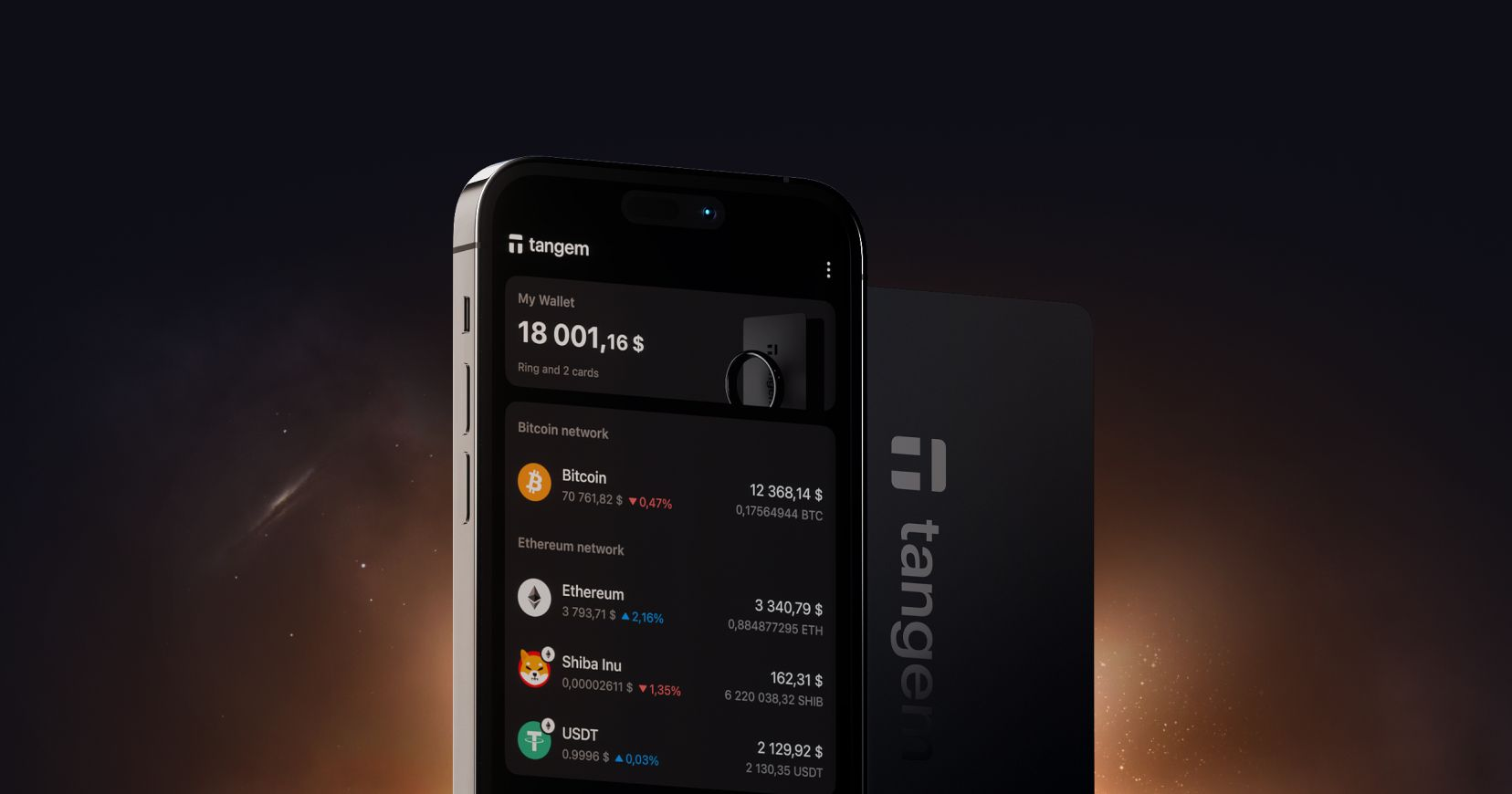
Biometric Authentication: Wallets such as Crypto.com DeFi Wallet and Ledger now offer fingerprint and facial recognition for fast, secure access, aligning with user expectations for convenience and robust protection.
-
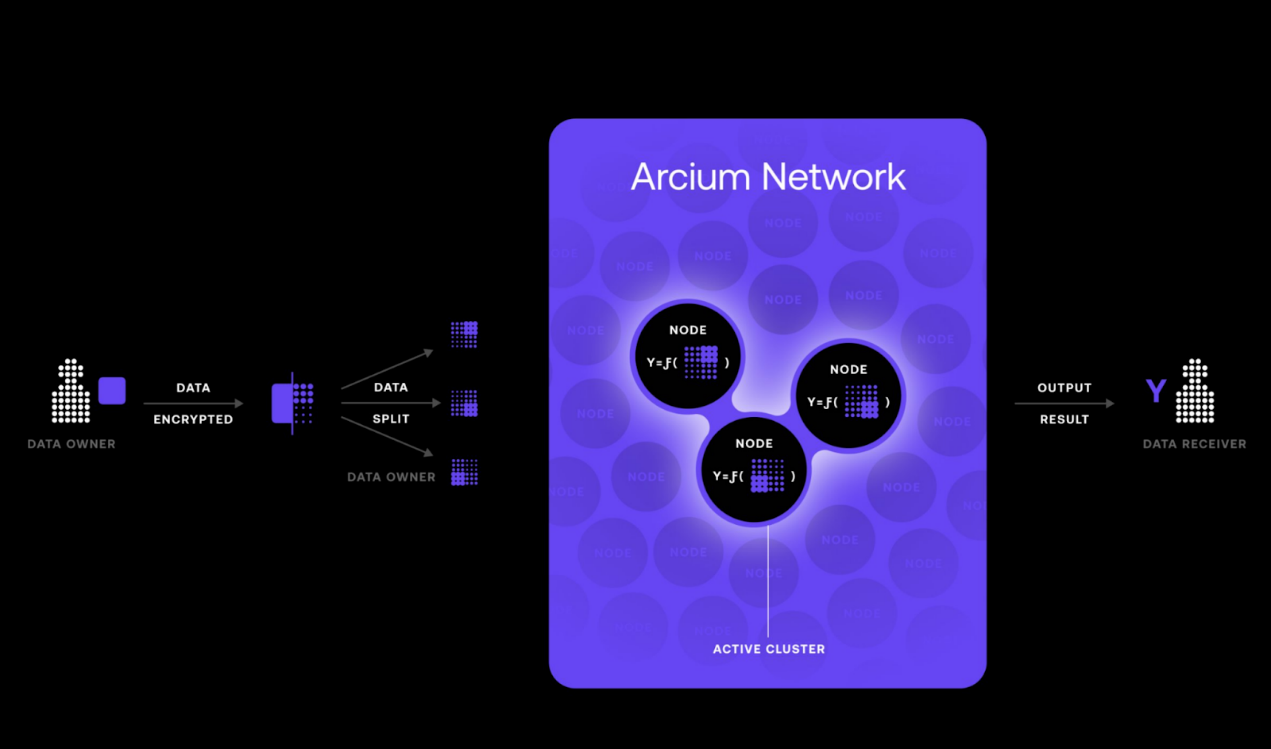
Zero-Knowledge Proofs (ZKPs): Privacy-focused wallets like zkLogin and MetaMask are integrating ZKPs to let users verify identity attributes without exposing sensitive data, streamlining KYC and onboarding while enhancing privacy.
-

AI-Powered Security Monitoring: Advanced wallets, including Fireblocks and Coinbase Wallet, leverage AI-driven behavioral analytics to detect suspicious activity, predict threats, and prevent fraud in real time.
-
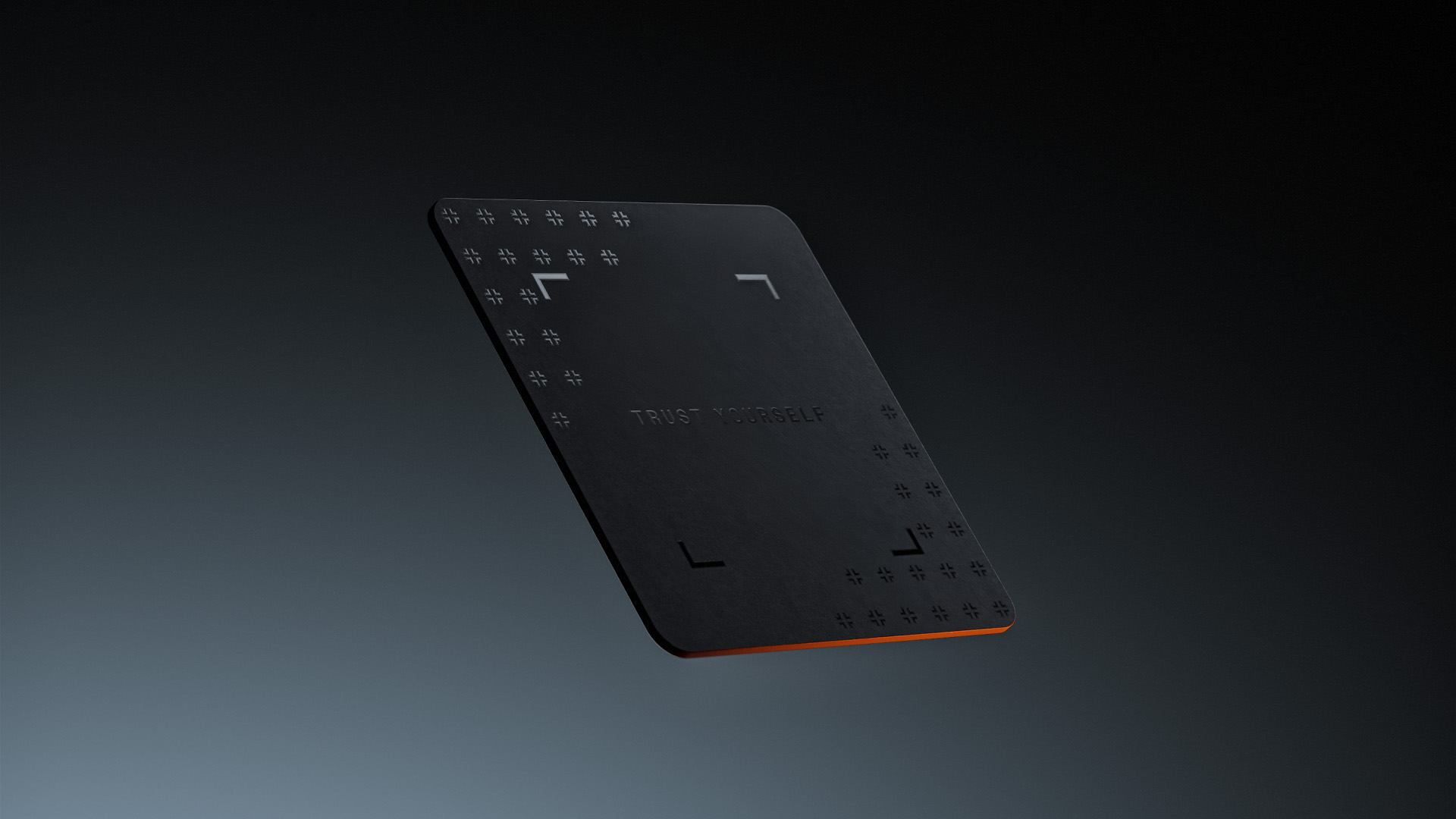
Secure Recovery and Backup Options: Solutions like Ledger Recover and Trezor provide encrypted cloud backups and social recovery features, ensuring users can regain wallet access without compromising security or privacy.
Onboarding Reimagined: Streamlined Yet Compliant
Regulatory compliance is not taking a back seat. In fact, the integration of privacy-preserving blockchain attestations is setting a new standard for digital identity onboarding in crypto. Projects like Blockpass’s On-Chain KYC® 2.0 allow users to create verified, reusable digital identities without sacrificing privacy. This means ongoing regulatory monitoring can happen in the background, keeping users compliant while minimizing data exposure (learn more here).
The European Union’s rollout of the EU Digital Identity Wallet is a landmark case. By 2026, every EU citizen and business will have access to a wallet that can prove identity and share verified attributes across borders, driving interoperability and trust at scale. This model is influencing wallet design globally, setting a precedent for both public and private sector adoption.
With these advances, onboarding to crypto platforms is no longer a drawn-out ordeal. Instead, users can tap into their wallet’s verified credentials to instantly access exchanges, DeFi protocols, or even government services. This not only accelerates user growth for crypto businesses but also raises the bar for what consumers expect from digital onboarding. For those seeking crypto onboarding help, the new era is all about simplicity without compromise on security or compliance.
Risks, Trade-Offs, and User Empowerment: The Double-Edged Sword of Self-Sovereign Identity
Yet, as wallets become identity superapps, the stakes are higher. Self-sovereign identity means users must shoulder more responsibility for safeguarding their credentials. Losing access to a wallet now risks not just assets but access to digital life itself. Secure recovery options, such as social recovery, encrypted cloud backups, or multi-device authentication, are critical. However, these features must balance convenience with the risk of introducing new attack vectors.
Physical security is also in sharper focus. As Forbes noted, the visibility of crypto wealth linked to digital identity can make users targets for both cyber and real-world attacks. The best defense is a layered approach: combining hardware wallet security, biometric locks, real-time AI monitoring, and robust recovery protocols. For those new to the space, following secure crypto onboarding tips is essential to avoid common pitfalls.
5 Essential Onboarding Tips for Crypto Wallet Users in 2025
-
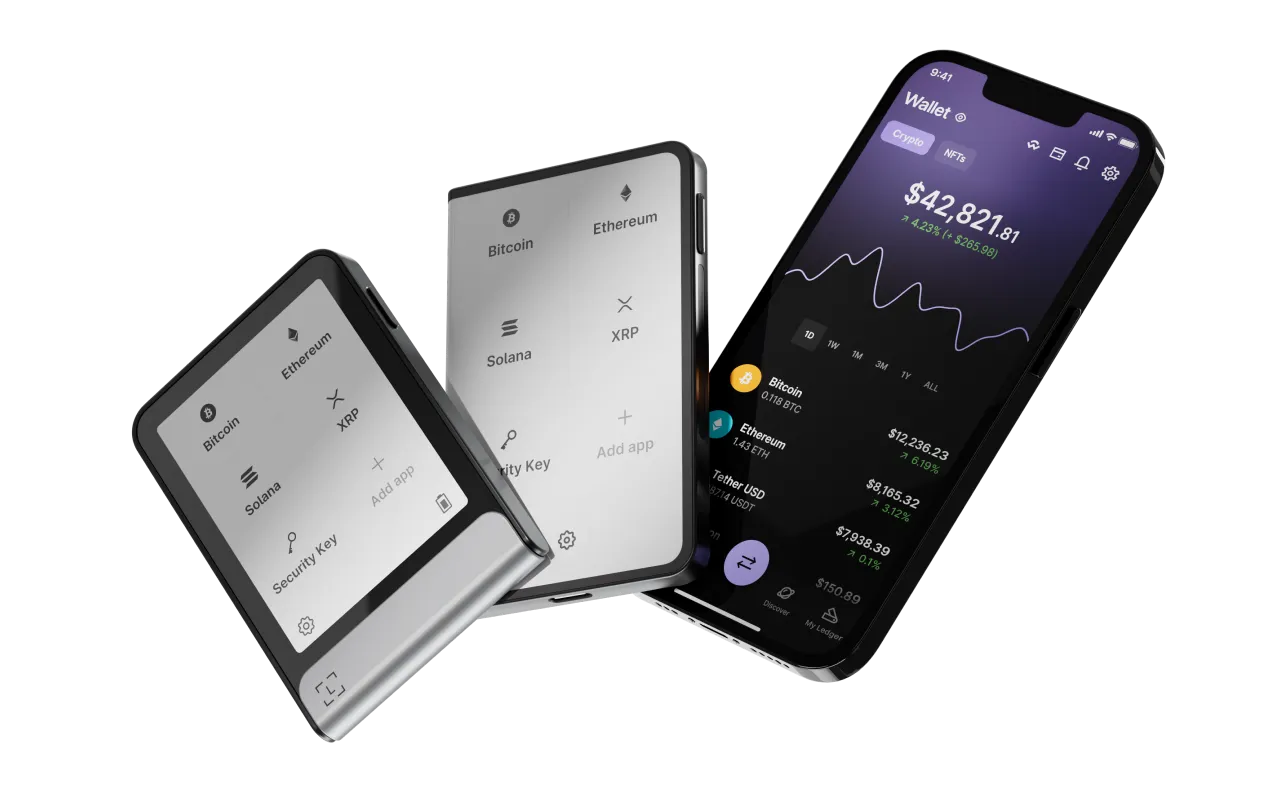
Set Up Secure Backups Using Trusted MethodsModern wallets like Ledger and MetaMask now offer encrypted cloud backups and social recovery options. Always enable secure backup features to protect your digital identity and assets from accidental loss or device failure.
-
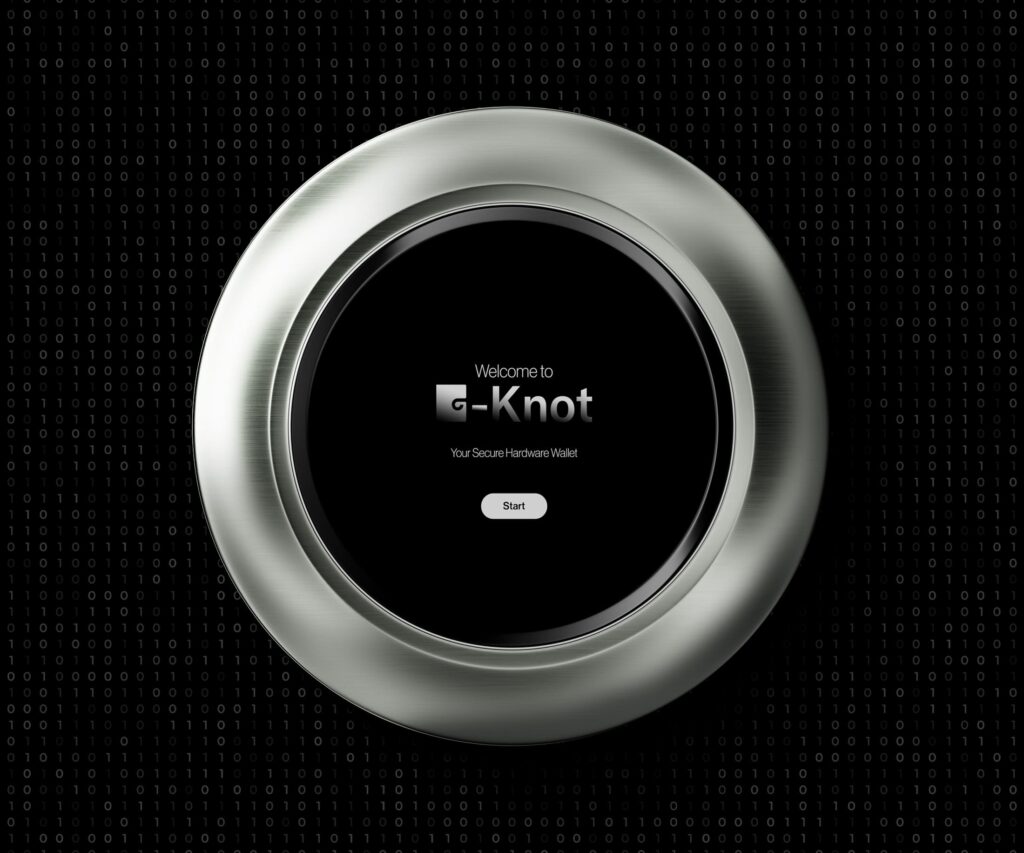
Activate Biometric Authentication for Enhanced SecurityLeverage built-in biometric authentication (fingerprint or facial recognition) available in leading wallets such as Crypto.com Onchain and the EU Digital Identity Wallet (EUDI Wallet). This adds a robust layer of protection and streamlines login processes.
-

Learn to Identify and Avoid Phishing AttacksPhishing remains a top threat. Use wallets with AI-powered security monitoring like MetaMask and Trust Wallet, which now feature behavioral biometrics and predictive fraud detection to flag suspicious activity. Always verify wallet URLs and never share your recovery phrase.
-

Consider Multi-Party Computation (MPC) Wallets for Key SecurityAdopt wallets such as Fireblocks and ZenGo that use MPC technology to split private key control across multiple parties, reducing the risk of single-point failure or hacks.
-
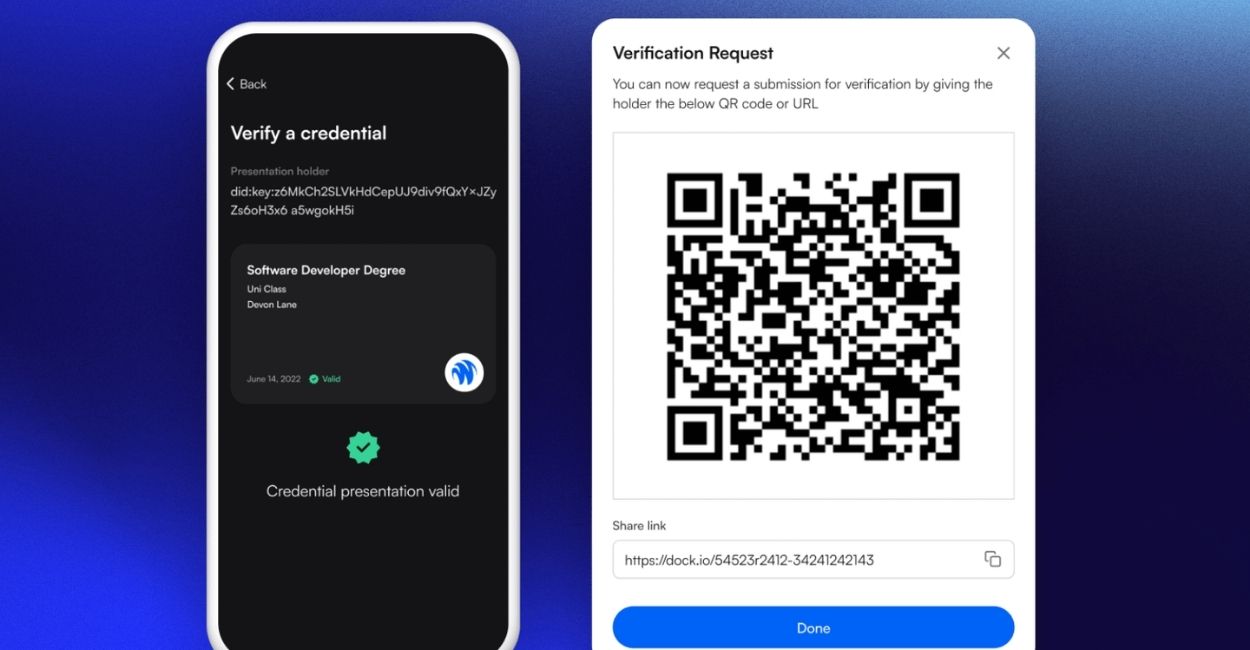
Understand Your Recovery and Identity OptionsFamiliarize yourself with recovery features and digital identity protocols in your wallet—especially if using Decentralized Identity (DID) or the EUDI Wallet. Know how to restore access and manage reusable digital credentials for seamless onboarding across platforms.
Wallet providers are responding with user education, in-app guidance, and community support. This is especially important as the complexity of wallet features grows. The ultimate goal is to empower users without overwhelming them, a delicate balance that will define the next phase of crypto adoption.
What’s Next? Crypto Wallets at the Center of Digital Life
Looking ahead, the evolution of crypto wallets as digital identity containers will continue to blur the lines between finance, identity, and daily digital interactions. Expect to see wallets integrating with everything from e-commerce to healthcare, and even voting systems. The emergence of Web3 superapps: wallets that bundle swaps, staking, gaming, and identity management, will further cement their role as digital hubs (read more).
The regulatory landscape will keep evolving in tandem. As governments and enterprises embrace on-chain identity solutions, interoperability and privacy standards will remain at the forefront. The EU’s digital wallet initiative is likely just the first of many global moves toward unified, user-controlled identity systems.
For users at every level, the message is clear: mastering your crypto wallet credentials is now as important as managing your assets. The best wallets in 2025 are not just secure, they’re intuitive, privacy-preserving, and built for a world where digital identity is as valuable as any coin or token.
